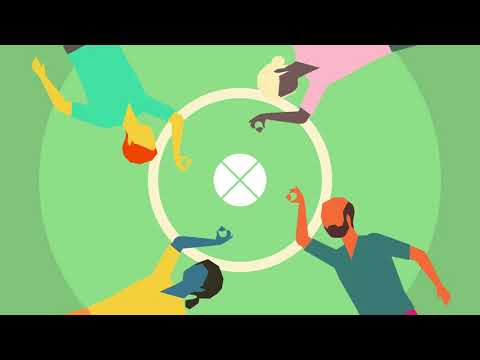Project introduction and background information
Boundary crossing competence, the competence to work together with others outside one’s own scientific domain, institute, culture or context, is regarded as one of the major competencies needed by future university graduates in order to respond better to emerging global challenges. Boundary crossing is also at the forefront of the new educational vision of Wageningen University and has been a topic of its educational innovation and research. At Wageningen University, there is a need to address boundary crossing more explicitly and structurally throughout the diverse curricula both at the bachelor and master level, as well as policy level. A comprehensive overview of existing practices is needed, as is (scientific) insight in how boundary crossing competence develops in students and is best supported by teachers and educational environments.
To contribute to students’ BC competence development and to further improve and implement boundary crossing experiences in Wageningen University, a Comenius Leadership Fellow was granted for the three year project: “Boundary crossing as modus operandi at Wageningen University”.
Objective and expected outcomes
The project aims at mapping existing boundary crossing practices in education, developing a conceptual foundation for the development of boundary crossing competence, and further improving and implementing boundary crossing experiences. We focus at the level of learning pathways, and will develop a boundary crossing toolbox for and with teachers, course coordinators and management. The boundaries that will be explored in this project are cultural, disciplinary as well as academia-society boundaries. While these are not the only boundaries that one can encounter, these boundaries are selected because they explicate a specific context to practice BC competence that is relevant to WUR students, graduates and staff. As such they can help programme management and lecturers to recognize the necessity to address BC in their courses and to include learning activities that address the BC learning mechanisms. By letting students practice with using the BC learning mechanisms in a variety of learning situations, they become equipped to deal with any kind of boundaries they will be faced with in their future lives.
Results and learnings
It is an on-going project that involves many stakeholders, from representatives of study programmes (i.e. Programme Directors, Programme Committees, Course Coordinators, Teachers and Students), to staff responsible for educational vision and policy (e.g. Board of Education, educational policy advisers; the project is also support by the Dean of Education, Arnold Bregt, who is also the main applicant of the project). This collaboration with various stakeholders in the institution helps to guarantee a good linkage between theory and current and future educational practices; a sustainable implementation of BC within the veins of WUR; as well as activate and support teaching staff in helping students to develop their boundary crossing competencies.
Recommendations
Based on the groundwork that we have done so far, we have realized that there is no one-sized-fits-all approach that can be implemented for all courses/programmes universally, as different programmes are unique in their own way. Thus, we are working with stakeholders from the various programmes to see how we can facilitate them in incorporating Boundary Crossing elements in their courses and programme. As there will be different BC learning trajectories per educational programme, the output of the project will also include process and implementation tools that will help educational programmes to develop their own learning trajectory. We are also developing a toolbox with examples of different activities/materials/assessment tools for teachers to draw inspiration from.
Practical outcomes
Boundary Crossing Website
- Boundary crossing @WUR, practical and scientific outputs, toolbox, teacher and student experiences and related projects
- Boundary Crossing Toolbox
Knowledge Clips
- What is a Boundary, a Practice, and Boundary Crossing
- The importance and relevance of Boundary Crossing
- Boundary Crossing learning mechanisms
- Cultivating your Boundary Crossing Competences

